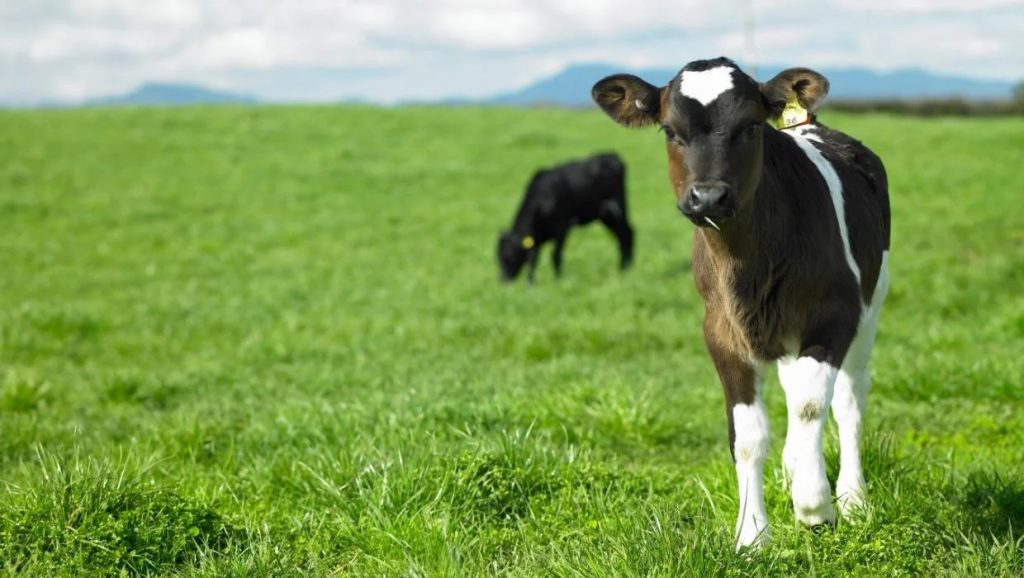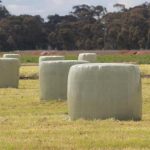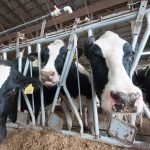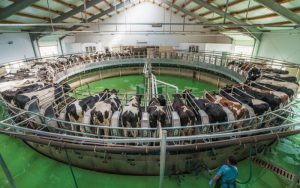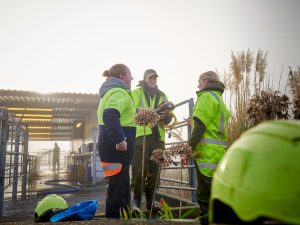
The forecast for the rest of the season is looking brighter for dairy farmers, according to DairyNZ’s Econ Tracker tool.
In June, the tool had predicted a relatively challenging season due to high expenses.
But DairyNZ head of economics Mark Storey said conditions appeared to be getting better due to the combination of improved farmgate milk prices and declining interest rates observed in the past few weeks, which he said created a “more favourable outlook”.
“These changes are likely to provide dairy farmers with greater financial flexibility than initially projected for the 2024/25 season,” Storey said.
The Econ Tracker’s latest forecast update, released this month, also included a deeper look into how interest rate changes and timings could affect dairy farmers this season.
Dairy NZ’s latest Farmer Perceptions survey had shown that 60% of those surveyed were feeling very confident in the financial stability of their business, with 10% feeling less confident.
 DairyNZ head of economics Mark Storey says improved farmgate milk prices and declining interest rates has created a “more favourable outlook” for dairy farmers.
DairyNZ head of economics Mark Storey says improved farmgate milk prices and declining interest rates has created a “more favourable outlook” for dairy farmers.Supplied
Storey said many farmers would “continue to feel relief” after experiencing several seasons with tight profit margins.
“Although, there is still a slight cash deficit on average for dairy farms which reflects that interest costs are still high,” he said.
The break-even milk price was the milk sale price per kilogram of milksolids to cover a farm’s cost in a season. DairyNZ’s latest farm financial forecast on the tracker showed the national break-even forecast sitting at $8.09 per kgMS, and the forecast average payout received had increased to $8.84 per kgMS.
“We have seen farm working expenses increase slightly, driven by increases in key operational areas such as electricity, irrigation, wages, and repair and maintenance costs,” Storey said
“Although the reduction in interest and increase in farmgate milk price significantly outweigh these minor increases, improving the overall financial position of most farmers.”
 Dairy farmers are facing cost increases in key operational areas such as electricity, irrigation, wages, and repair and maintenance costs, Storey says.
Dairy farmers are facing cost increases in key operational areas such as electricity, irrigation, wages, and repair and maintenance costs, Storey says.Stuff
The September forecast update explored alternative scenarios showing how the timing of interest rate reduction could influence the discretionary cash position of farmers.
“We see clearly that earlier rate cuts would result in greater cost savings and a stronger cash position, compared to reductions made later in the season,” Storey said.
“For example, if the interest rate drops from 8.25% to 7.5% by December 2024, compared to dropping to 7.5% by March 2025, it would improve the cash position of the average farmer by $5675 for the current season, relative to the alternative (3 months later) scenario.”
Storey said improved liquidity from expected farmgate milk prices and changes to interest rates could be used to address deferred payments from the last season, such as repair and maintenance costs, which he said ultimately contributed to a “more stable and sustainable financial outlook”.
You can now read the most important #news on #eDairyNews #Whatsapp channels!!!
🇺🇸 eDairy News INGLÊS: https://whatsapp.com/channel/0029VaKsjzGDTkJyIN6hcP1K
